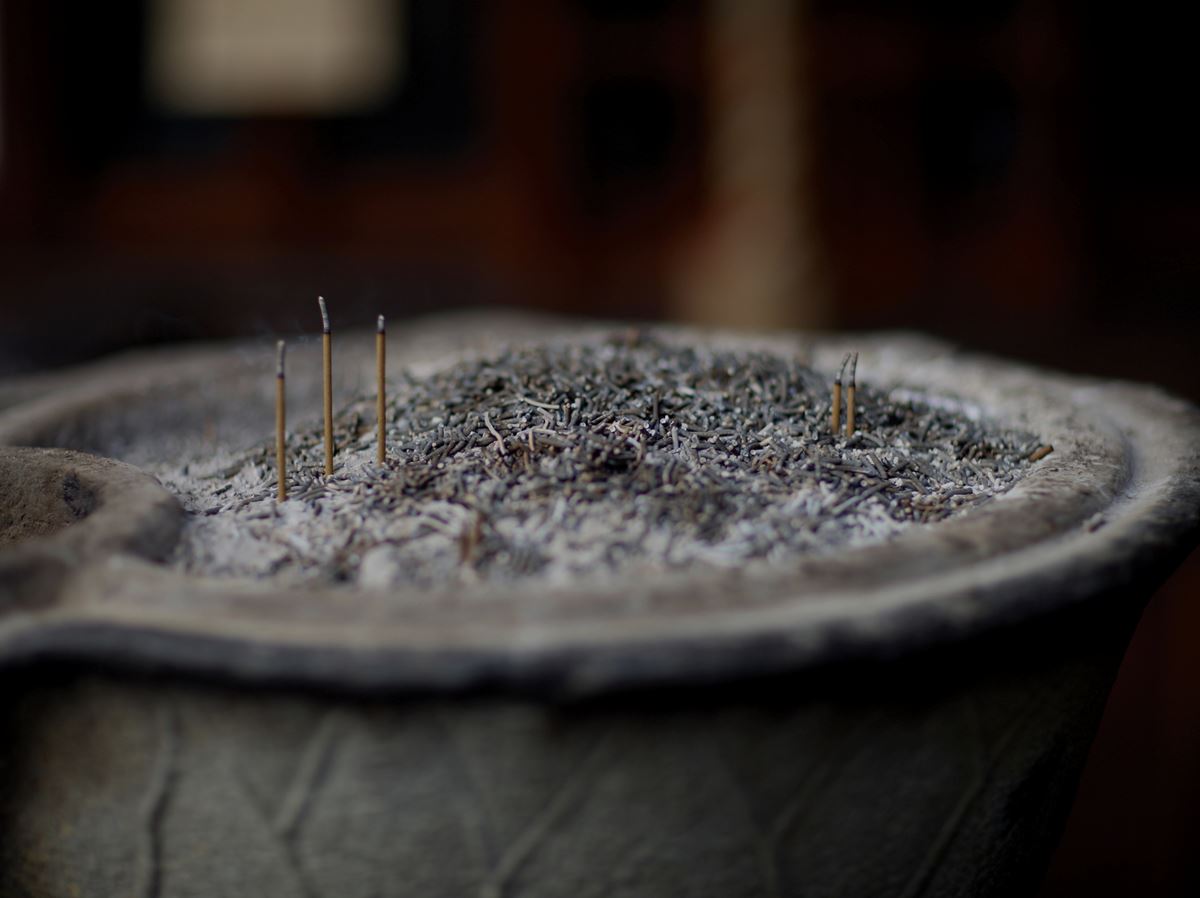
Funeral rites in different parts of the world
Published on November 30, 2016
- Rituals
Funeral rituals are found in every culture across the continents and throughout the ages, but they vary according to the customs, beliefs, and relationship with death of each civilization. In certain communities, funeral rites have a very particular character and may have very little in common with our traditions.
TIBETAN FUNERALS
In Tibet, important figures are cremated and high religious dignitaries are embalmed, while the bodies of the poor are offered to nature, as this gift is a principle of Buddhism. They practice either water burials or so-called “sky” burials, where the body of the deceased is deposited on a sacred rock as food for the animals, this last meal paying tribute to the cycle of life. As opposed to Western civilizations, Tibetans reserve burials in the ground for criminals and sick people, since they believe that burying a body in the ground prevents reincarnation.
THE FUNERAL RITES PRACTICED BY THE DOGONS
In Mali, there exists a people – the Dogons – who live in some of the most remote villages in the world. They number around 700,000, and they are mostly farmers who live on cliffs. Among the Dogons, when a person dies, they wash the body, roll it up in a cotton shroud, then place it on the fault of a cliff, which thus acts as an open-air cemetery. After having waited forty years without touching the effects of the deceased, the family members share them amongst themselves. The funeral takes place after several months to pay tribute to the deceased, and another ceremony is organized every 3 to 5 years called the dama. This is a collective celebration of the dead that calls the souls to join the ancestors and allows families to mourn.
FUNERAL PROCEEDINGS IN JAPAN
As for the Japanese, their funerals are broken down into several steps. First of all, they organize a wake, during which flowers, incense, and a candle are placed around the body. The lips of the deceased are then moistened to allow them to be reincarnated. Juzu prayer beads representing the 3 Jewels – the Buddha, the Dharma, and the Sangha – are placed between the hands of the deceased. This consists of 108 beads that symbolize the 108 mortal desires – that is to say, our karma.
The eldest son is responsible for contacting the authorities to inform them of the death and organizing the funeral. The body is washed, dressed, and sometimes receives conservation procedures before being cremated. During the cremation, the bones and ashes are placed in an urn, taking care to respect the order from the feet to the head. The urn then rests for 49 days on an altar dedicated to this purpose in the family home. Only then is the urn is buried in a family vault called a haka.
INUIT FUNERAL RITES
The Inuit don’t worship a God, but believe that everything possesses a soul that endures even after death. (In addition, the Inuit word for “soul” is “anirniq,” which also means “breath.”) Accordingly, it is essential that the spirit is not trapped among the living, but can accompany the body. In Inuit culture, when someone dies, the villagers wrap the remains in a sealskin shroud and place it outside while they empty the house of the deceased and purify it by cleaning and fumigating it. The villagers then place everyday items around the body – generally hunting or fishing implements for men and sewing implements for women, so that they can use them in the afterlife.
Although civilizations from around the world practice funeral rites that differ according to religion and culture, they all correspond to the same rite of passage that consists of three steps: a death that symbolizes separation, the verification and announcement of the death, then the commemoration.